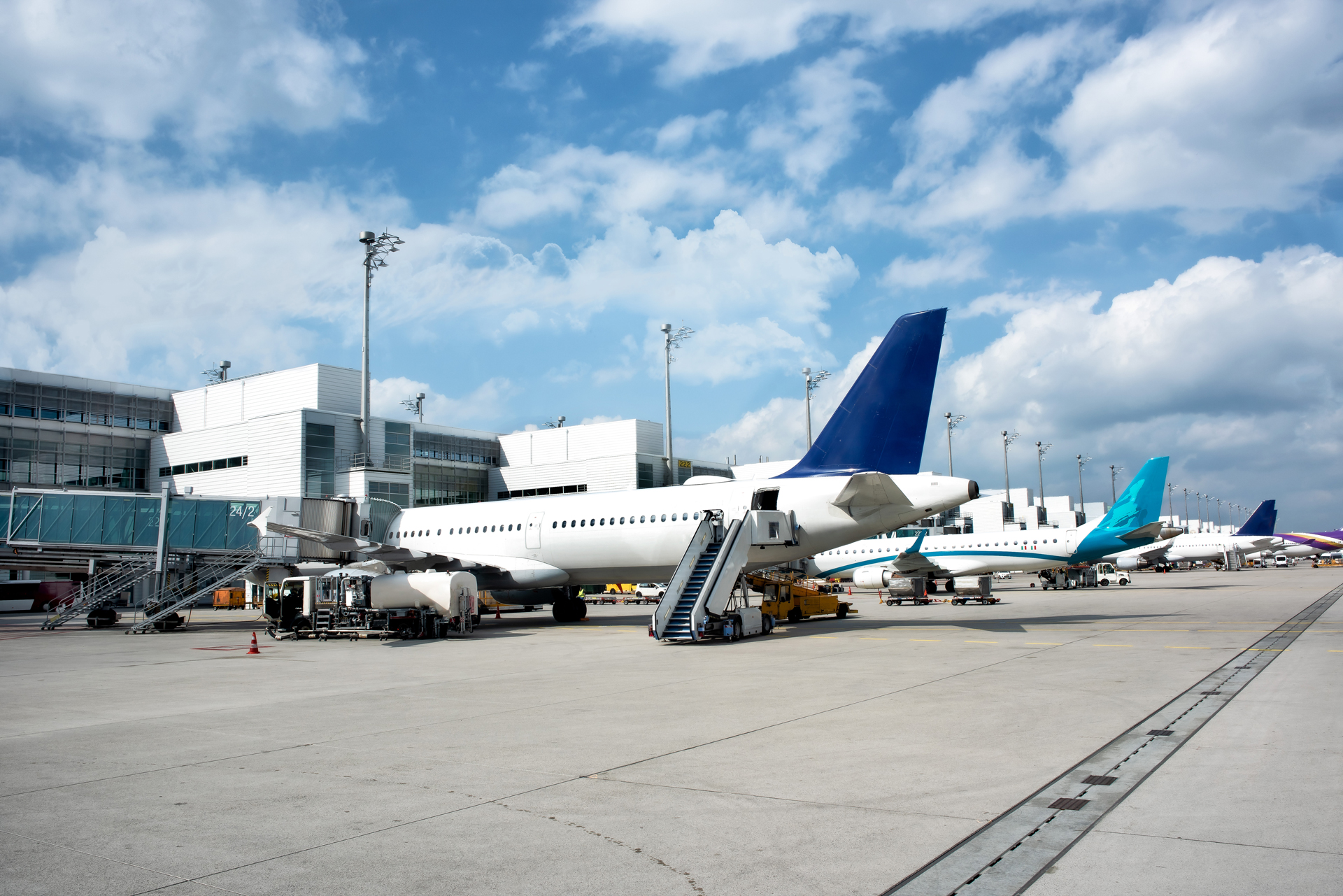XDI identifies international airport infrastructure at increasing risk from climate extremes

XDI identifies international airport infrastructure at increasing risk from climate extremes
New analysis of more than 30 international airports suggests climate is already increasing disruption risk, on track to triple by 2050.
(London: Wednesday, 20 August 2025): A major international airline has partnered with leading global physical climate risk analytics firm XDI (Cross Dependency Initiative) to assess the escalating threat that climate change extreme weather poses to airport infrastructure and operations worldwide. The findings underscore the need for climate resilience planning across global air transport systems.
The XDI analysis evaluated infrastructure of international airports across four continents and several small island nations. Using advanced climate modelling, XDI assessed exposure to nine key physical climate hazards – including flooding, coastal inundation, extreme heat, and forest fire – under Intergovernmental Panel on Climate Change (IPCC) climate scenarios from 1990 to 2100.
Leveraging its market-leading asset-level analytics, XDI assessed the exposure of critical airport components such as terminals, runways, hangars, and access roads. This granular analysis, recently recognised by Forrester and Verdantix as setting the global standard for physical climate risk data, enables pinpoint identification of failure risk and productivity loss.
XDI also provided a spatial assessment of the entire airport footprint demonstrating where adaptation measures would be most effective to increase resilience.
The analysis found that 4% of airports already face significant operational risk exposure from climate hazards. If carbon pollution is not dramatically reduced, this will increase to 32% - 1 in 3 airports - by 2050.
Access roads are currently the most vulnerable infrastructure component, especially from surface water and riverine flooding, however extreme heat and - later in time - coastal inundation also drive significant productivity losses.
“Airports are facing significant challenges from heightened risks of tropical storms, heat, flooding, and high wind speeds, leading to increased costs from rerouted flights and higher care expenses during periods of airport incapacitation,” explains XDI.
“Airports are also critical nodes in global supply chains. When one goes down, the knock-on effects can ripple across entire economies. Our analysis pinpoints the airport infrastructure most at risk and helps our clients act now to avoid long-term disruption.
The airline client is using the data to quantify potential losses, identify the most at-risk infrastructure components, and inform cost-benefit analyses for resilience upgrades. The findings are also being used to open strategic discussions with airport operators and insurers.
XDI’s airport risk analysis offers valuable insights not only for airlines, but for all corporations reliant on air freight, travel, and logistics.
“With XDI, corporates now have the tools to screen large complex logistics hubs globally, identify supply chain vulnerabilities, and build long-term resilience into their operations,” said XDI.
Read the airport case study here.
Related posts

Going to COP30? Come see a preview of ResilienceArc - A world-first breakthrough in corporate transparency for climate risk and adaptation

XDI unveils next-generation Climate Risk Hub: Where flexibility meets power

Europe’s economic hubs drowning in risk: XDI warns flood damage risk rising in Milan, Paris, Frankfurt and beyond

XDI identifies international airport infrastructure at increasing risk from climate extremes
Contact us
Get in touch with one of our friendly team

